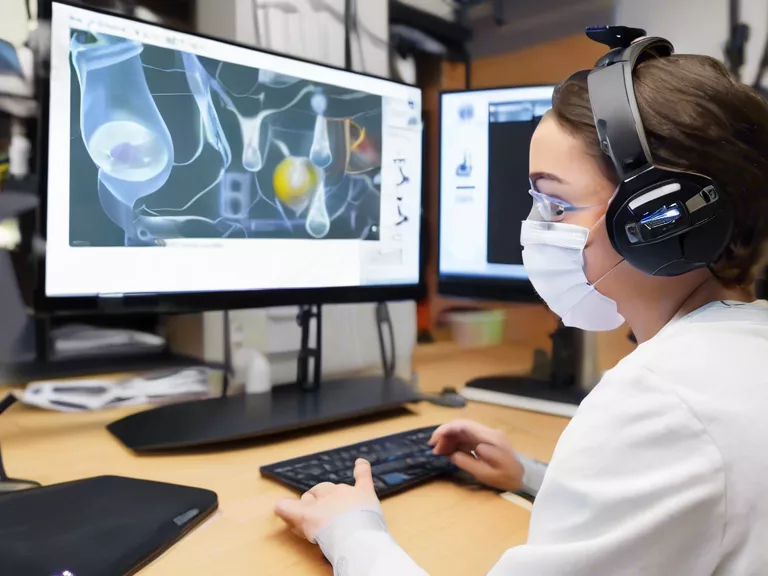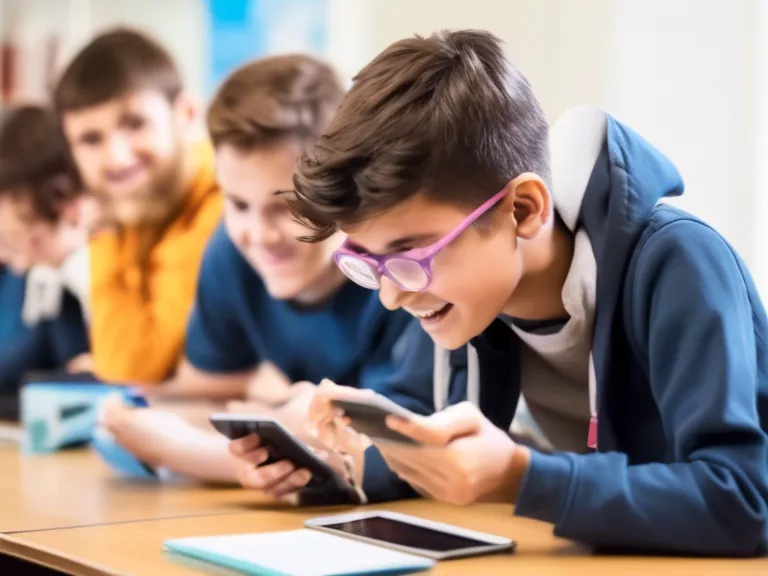
With the rise of remote learning, virtual labs have become an invaluable resource for students to conduct experiments from the comfort of their own homes. Virtual labs are revolutionizing the way science education is delivered by providing an interactive and immersive learning experience.
One of the biggest advantages of virtual labs is the ability for students to access and conduct experiments at any time and from any location. This flexibility allows for more hands-on experience and a deeper understanding of scientific concepts. Students can repeat experiments as many times as needed without the constraints of limited lab hours or shared equipment.
Virtual labs also offer a safe environment for students to explore and learn without the risk of accidents or exposure to hazardous materials. By simulating real-life scenarios, students can observe reactions, analyze data, and draw conclusions just like they would in a traditional laboratory setting.
Furthermore, virtual labs can be customized to suit different learning styles and levels, making them a versatile tool for educators. Students can work at their own pace, receive immediate feedback, and collaborate with peers in a virtual space. This interactive approach to learning fosters curiosity, critical thinking, and problem-solving skills.
Despite the benefits of virtual labs, they are not meant to replace hands-on laboratory experience entirely. Physical labs still play a crucial role in developing manual dexterity, troubleshooting skills, and teamwork. However, virtual labs offer a complementary learning tool that enhances the overall educational experience.
In conclusion, virtual labs are empowering students to engage in scientific inquiry and experimentation like never before. As technology continues to advance, virtual labs will only become more sophisticated and accessible, further enriching the learning process for students of all ages.



